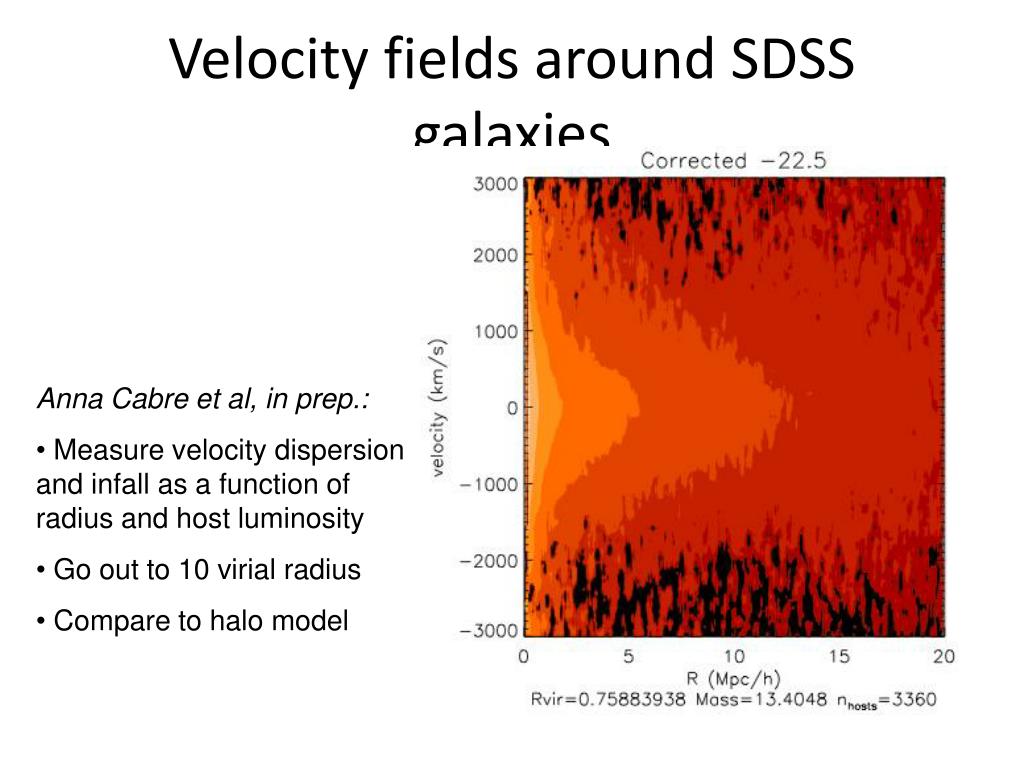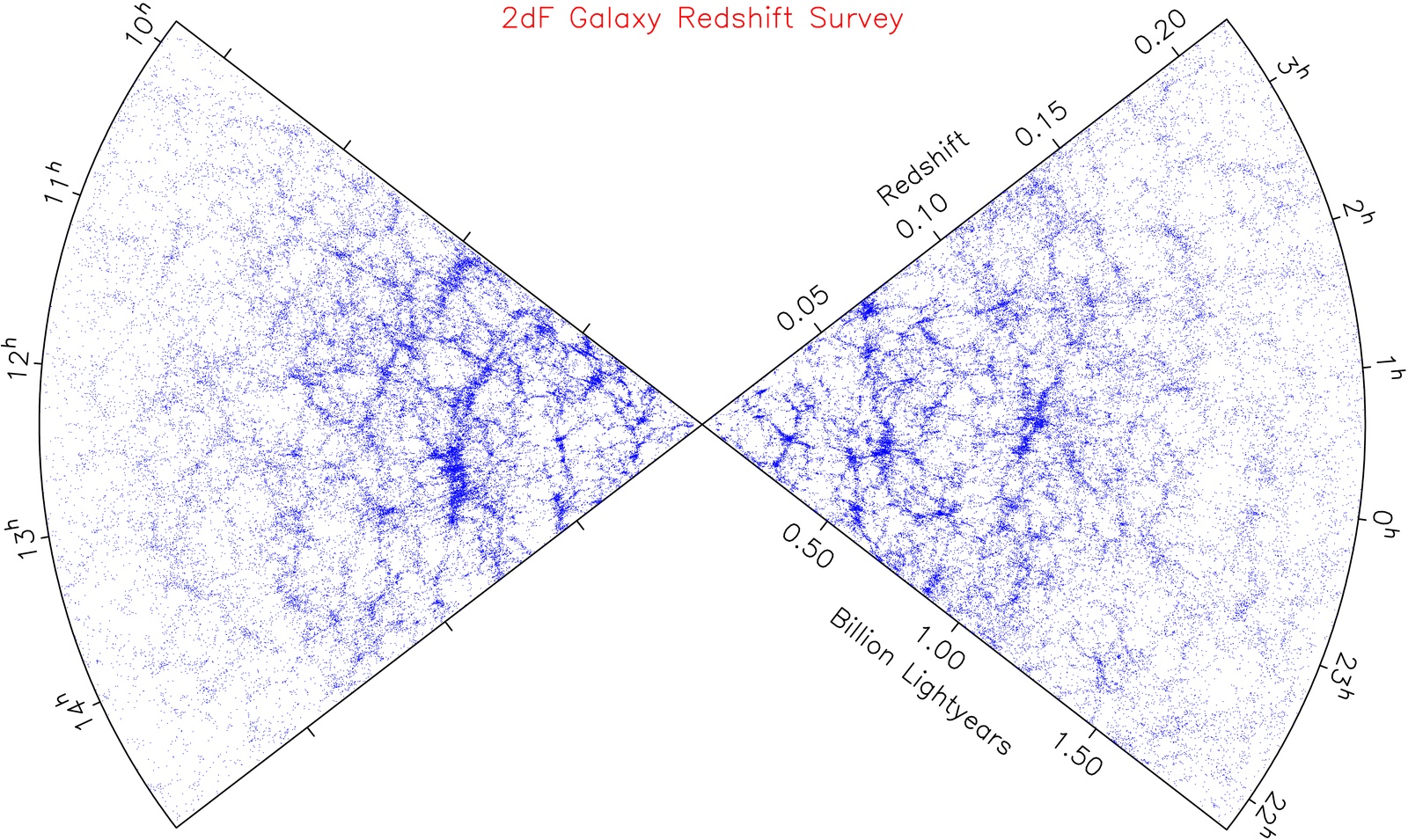


We discuss possible applications of the velocity bias constraints on studying galaxy evolution and cosmology. Fingerprint Abstract We present a clustering analysis of luminous red galaxies (LRGs) using nearly 9000 objects from the final, three-year catalogue of the 2dF-SDSS LRG and QSO (2SLAQ) Survey. For faint samples, satellites tends to have slower motion, with velocity dispersion inside haloes about 85 per cent that of the dark matter. The motion of satellite galaxies in luminous samples is consistent with their following that of the dark matter. Such a relative motion may reflect the consequence of galaxy and halo mergers, and we find that central galaxies in lower mass haloes tend to be more relaxed with respect to their host haloes. In addition, we define subclasses for some of these. Moreover, we find that luminous central galaxies are not at rest at the halo centres, with the velocity dispersion about 30 per cent that of the dark matter. Reference 82 combined SDSS galaxy lensing measurements with clustering and redshift space distortion results from the redshift survey to test deviations. For each spectrum, we estimate a redshift and perform a classification into STAR, GALAXY or QSO.

Including the redshift-space 2PCFs helps tighten the HOD constraints. In agreement with previous studies, we find that more luminous galaxies reside in more massive haloes. The measurements are successfully interpreted within the halo occupation distribution (HOD) framework with central and satellite velocity bias parameters to describe galaxy kinematics inside haloes and to model redshift-space distortion effects. We find a clear dependence of galaxy clustering on luminosity in both projected and redshift spaces, generally being stronger for more luminous samples. We present the measurements and modelling of the small-to-intermediate scale (similar to 0.1-25 h(-1) Mpc) projected and three-dimensional redshift-space two-point correlation functions (2PCFs) of local galaxies in the Sloan Digital Sky Survey Data Release 7.


 0 kommentar(er)
0 kommentar(er)
